Two motion sensors for the HomeKit smart home system are bought very often: the motion detectors from Philips Hue and Aqara. These differ significantly in price: the Hue model is about twice as expensive as that of Aqara (we also look at the new P1 model).
Philips Hue with a solid case, Aqara as light as possible
What is immediately noticeable is that the two devices differ in their mass. The Aqara model is just a bit wider than the included CR2032 button cell and almost the entire front is filled with the IR window. The Hue model, on the other hand, looks like a block, which is also quite heavy. One might think that Philips has built a metal reinforcement into the motion sensor.
And they did. If you unscrew the sensor, two standard AAA batteries appear as well as a solid metal plate. When closing, this not only presses the additional seal correctly into the housing, it also offers a connection surface for the strong magnet included in box. So you can attach the sensor directly anywhere where you can find magnetic metal. Aqara relies more on the adhesive solution – which, however, also holds very well.
The Hue can also pass brightness and temperature to HomeKit
In this comparison, you can see directly that the higher price of the Philips Hue model is not paid for the brand name, but also for a much more robust construction. But it doesn’t stop there: the Philips Hue model is only advertised as a motion sensor, but provides HomeKit with more data, namely brightness in lux and the ambient temperature. Very practical, so you have a 3-in-1 sensor whose values can also be used within Apple’s system. The Aqara sensor, on the other hand, only has motion detection. Not only practical for the initial setup: The Hue sensor always reports with a flashing LED when a movement has been detected. The Aqara model, on the other hand, only lights up briefly when it is connected to the Zigbee hub.
Regarding connectivity: although both use the Zigbee standard, they are not compatible across manufacturers. So Zigbee is not the same as Zigbee and both only feel comfortable in their ecosystem.
A little tip at this point: If a sensor does not behave as you expect, this may be due to the way inexpensive motion detectors work. These do not react to movement, but to infrared, i.e. thermal radiation. There is enough of that in humans. But in case you’re wondering why the sensor didn’t react when the picture fell off the wall: well, that doesn’t emit any IR radiation. So always place the sensors in such a way that the human heat source is easily recognized.
Both are priced fairly and you can choose according to your criteria
The bottom line is that the Hue sensor is not only more expensive in absolute terms, it also offers a lot more performance: extremely stable housing with seal, brightness and temperature sensor, notification LED, magnetic attachment. It’s a surprisingly well-made product for today that will probably still be working five to ten years from now. Aqara takes a different approach: everything that costs material and causes costs is eliminated here. In return you get a small sensor that you can hide anywhere and, if you need a lot of them, save a lot if you can do without the additional functions. Both sensors are therefore fairly priced for their design and variety of functions.
You can find the Aqara model also directly on Aliexpress.
The question arises where the new Aqara P1 sensor fits in. This now works like the Philips according to the Zigbee 3.0 standard (instead of 1.2 before) and should achieve a battery life of five years with two button cells. It also comes with a built-in brightness sensor – but this is not passed on to HomeKit. Furthermore, the new model should cost around $30. We would therefore continue to use the Hue model instead, or the older version if price is the deciding factor.
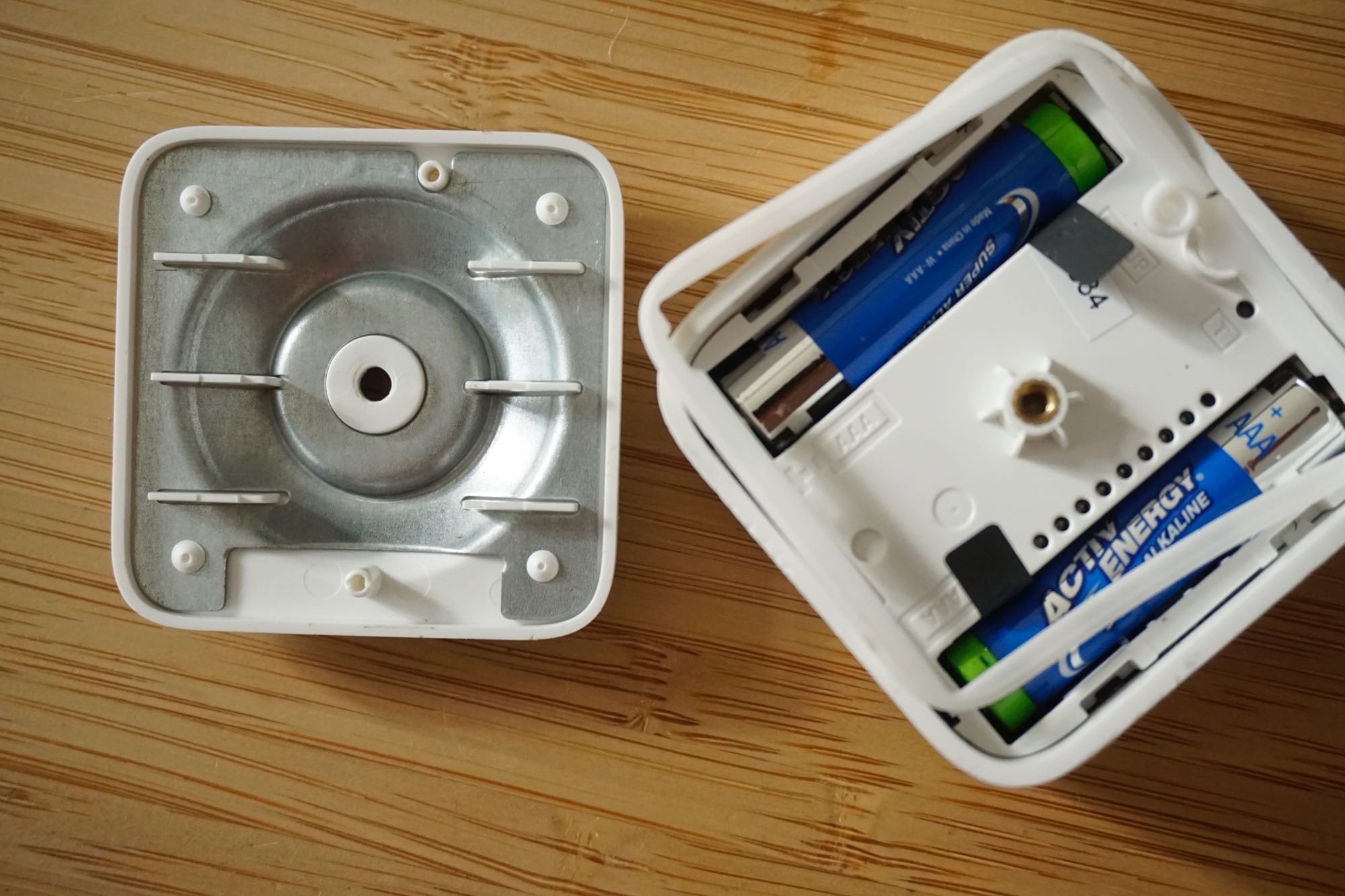

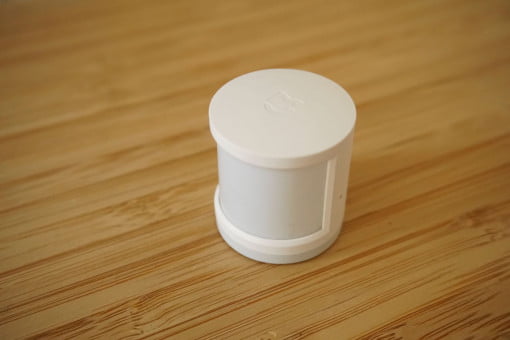
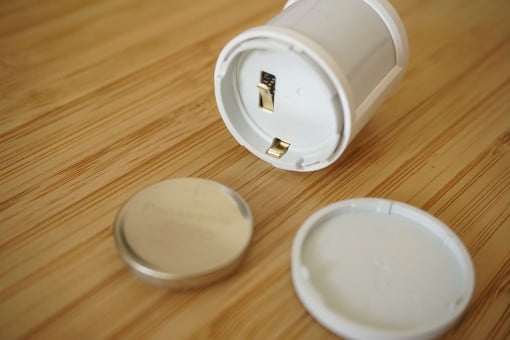
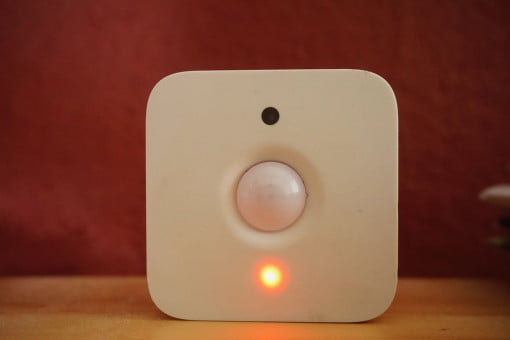
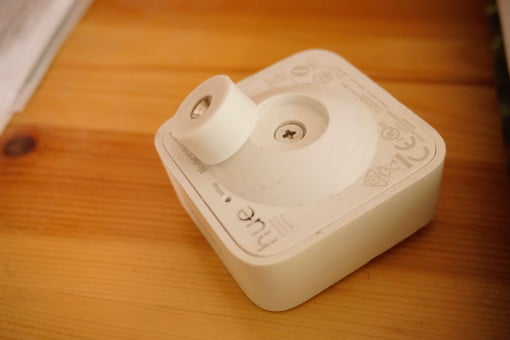



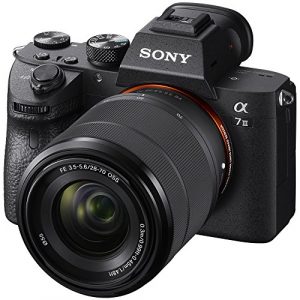

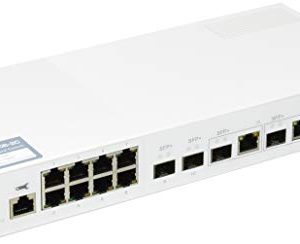

the Aqara P1 also detects ambient temperature and light (lux).
Hi Brian,
that is correct. It did not pass this information through to HomeKit as we tested it in the beginning. Maybe that changed. Can you confirm?
Thanks a lot,
Stephan
No I can’t confirm . I have a Aqara P1 and with zigbee2mqtt and node red I have received motion, temperature and light data.